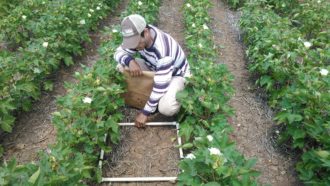COLLEGE STATION, Texas - Under the right conditions, cover crops are a tool for improvement. After harvesting a crop like cotton or grain sorghum, a cover crop rotation can increase soil organic matter, recycle nutrients, prevent erosion and suppress weeds.
Even though farmers and ranchers across the Southeast have seen these benefits and moved towards cover cropping systems, several factors have limited their adoption in Southern Texas.
“One of the reasons why we haven’t seen as much cover crop adoption in parts of Southern Texas is because some farmers still rely on heavy cultivation. Incorporating the cover crops eliminates some of the additional advantages compared to leaving it on the soil surface,” said Spencer Samuelson, a field scientist for Corteva Agriscience and recent graduate from Texas A&M University.
Even with minimal tillage, some farmers avoid cover crops because they believe that cover crops can steal moisture from the next cash crop. Others are concerned that cover crops do not provide enough benefit to justify the additional cost or that they are simply too much extra effort.
While at Texas A&M University, Samuelson applied for a Graduate Student Grant through the Southern Sustainable Agriculture Research and Education program to study cover crops in Southeast Texas. Through the Southern SARE program, he researched several of these claims to develop a better understanding of how cover crops perform in Southeast Texas.
Samuelson and Muthu Bagavathiannan, an associate professor at Texas A&M University, tested 26 different cover crop species during the two-year grant project. By using a randomized complete block experimental design, they were able to assess different combinations of cover crops, planting times and termination dates while also measuring the impact of cover crops on soil moisture levels, and pest pressure.
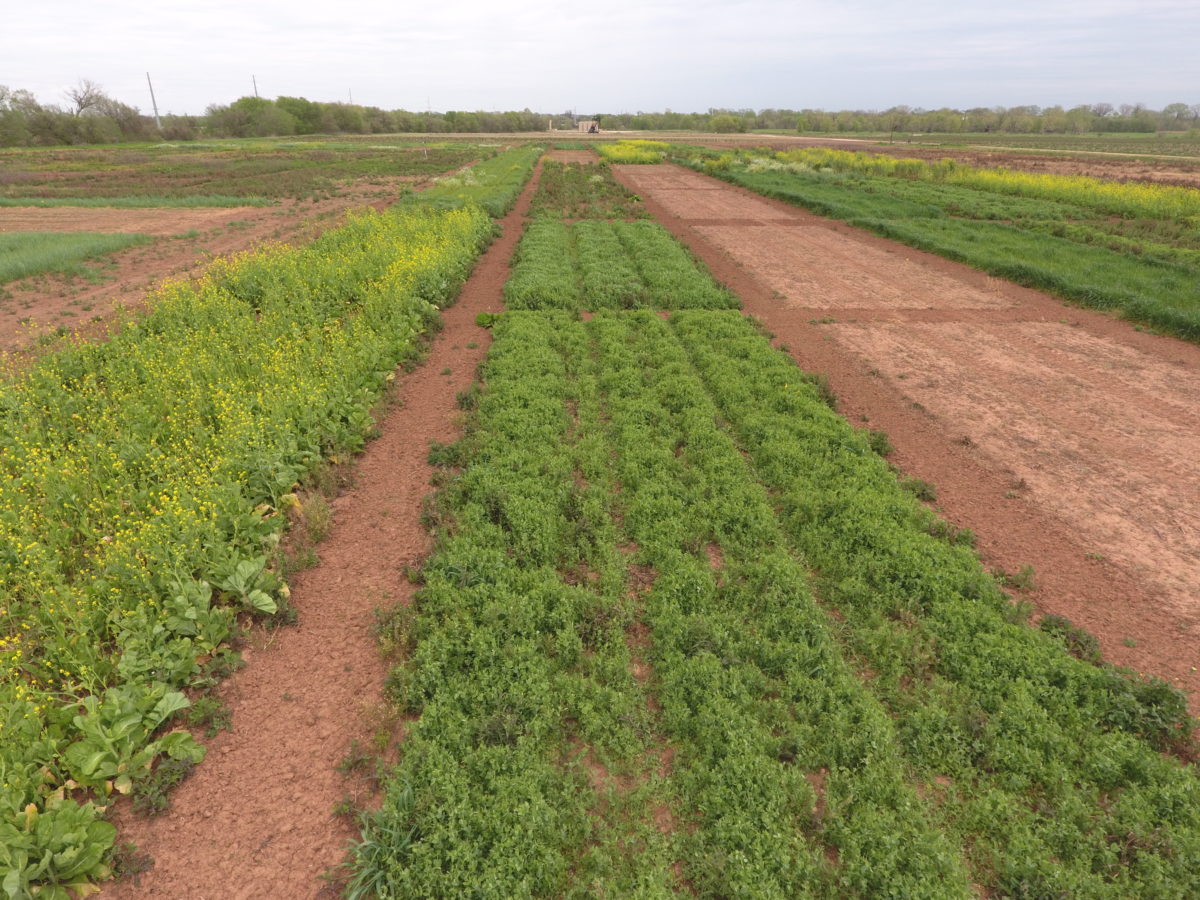
To do this, multiple experiments were conducted in different locations in Southeast Texas over a two-year period.
Initially, the cover crops were divided into two groups, summer and winter. For each group, 13 species were selected as potential cover crops for the region. The summer group was planted in late August following a corn crop while the winter group was planted in mid-October after harvesting cotton. Growth rate, biomass, weed suppression, and soil moisture dynamics were used to identify the best-performing cover crops for each group.
Out of the summer cover cropping system, sorghum-sudangrass, buckwheat, cowpea and sunn hemp were selected. For the winter group, Austrian winter pea, shield mustard, oat, and triticale were the ideal performing cover crops. These eight species moved to the next phase of testing, where further research was conducted to observe the impact of planting time and termination date.
With all species planted in randomized blocks with four replications, a split-plot experiment was established to study the impact of planting date on summer cover crops and termination date for winter cover crops. To simulate a realistic farming scenario, rainfall was the only water applied to the test plots.
A soil moisture probe collected data every 10 centimeters to a depth of 40 centimeters. Within each plot, two one-square-meter quadrants were established to monitor the emergence of weeds in the cover crop and subsequent cash crop.
Summer Cover Crops
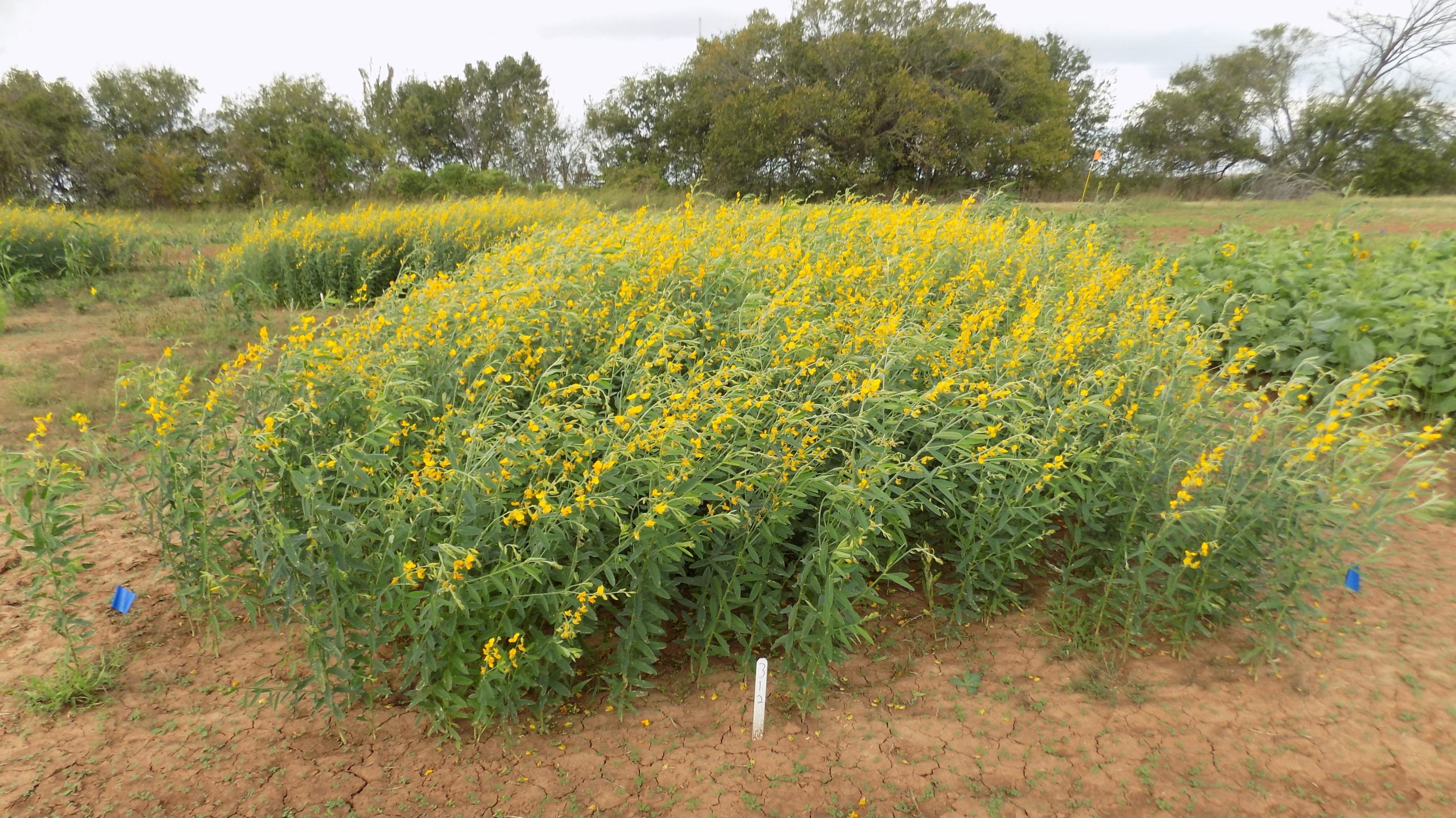
After harvesting corn, summer cover crops were planted at three times: late August, early September and late September. An early frost terminated the cover crops in the summer group by November 18. Biomass was measured in each plot immediately following termination and prior to planting the next corn crop to assess the amount of decomposition over time.
For the summer cover crops, weather was a significant factor. Dry conditions limited the growth of the early-planted crops to the point that they showed similar biomass to the middle-planting group at termination. The early frost also reduced the amount of biomass produced by the late planting group. Despite these challenges, useful information was gathered from the study.
Regardless of growing conditions, weed pressure was lower in all cover crop plots than the control plot. Sorghum-sudangrass showed the most weed suppression across all planting dates, although it had the highest water requirements and had the greatest impact on soil moisture.
Buckwheat showed promise as a late-planted cover crop for its ability to grow fast and mature quickly.
“For the summer cover crop species, the earlier you can get stuff planted the better. As cooler temperatures become more prominent, growing degree days will taper off and biomass won’t accumulate as rapidly. As soon as a frost comes, most summer cover crops have poor cold tolerance and will be naturally terminated. I would recommend to get the summers planted as soon after corn or sorghum harvest as you can feasibly get into the field,” said Samuelson.
Winter Cover Crops
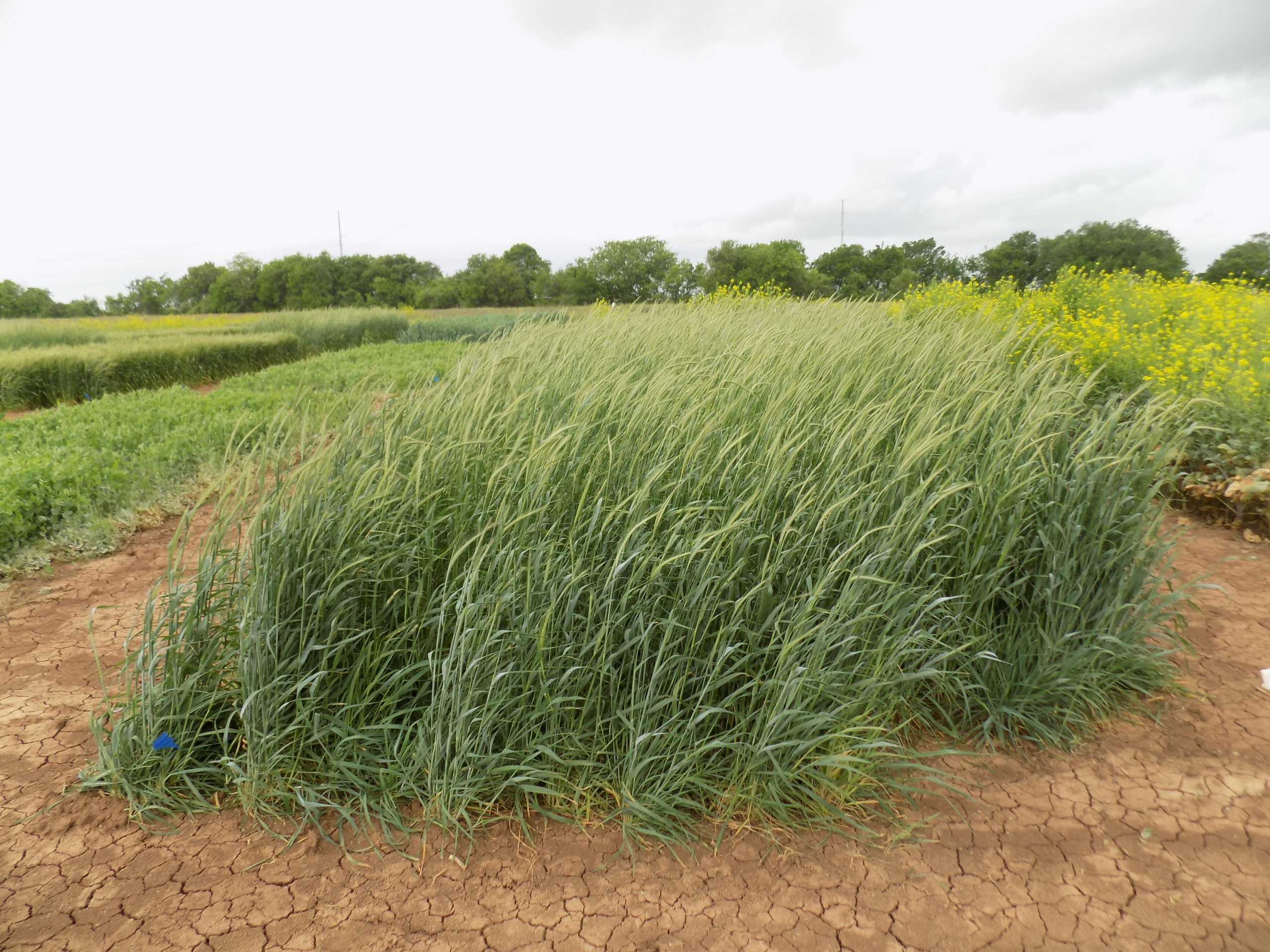
Winter cover crops were handled differently to accurately represent how a farmer or rancher would utilize them. Termination date was the major factor tested in the experimental plots.
In most cases, winter cover crops must be terminated prior to planting the next cash crop. In the experiments, the researchers terminated the cover crops with glyphosate 6 weeks, 4 weeks, and 2 weeks prior to planting cotton so they could assess the positive or negative impact of termination date on the next cash crop.
Although the winter cover crops experienced drastically different environmental conditions in the two locations where the studies were held, high cover crop biomass was seen across all four species. While the early and middle termination group did not see a large difference in biomass produced, termination timing did play a role in the amount of biomass produced, regardless of species. A later termination date allowed for a large increase in biomass across all cover crop species.
For early terminated cover crops, oat produced the highest biomass and offered the best weed suppression. Oats also performed well in the late group by placing second in both biomass and weed suppression.
Triticale showed the largest increase in biomass between plantings and produced a 300% more biomass when comparing its early-terminated group to the late-termination group. This allowed it to have the highest levels of weed suppression when terminated two weeks prior to planting.
Soil moisture dynamics play a critical component in a healthy cover crop rotation, particularly during planting. Although early and middle termination groups had a negative impact on soil moisture at the time of planting, this difference was less than 2%. Additionally, late-terminated cover crops offered the ability to hold soil moisture content late into the cash crop season by covering the soil surface and trapping moisture. Triticale offered twice the available soil moisture than the weed-free control group late into the season.
Mustard plants are a common host for false chinch bugs. These pests appeared in the late-terminated shield mustard and had a negative impact on the cotton stand.
However, the cotton yield across all groups was comparable to average yields for the region. The added nitrogen from the Austrian winter pea allowed its plot to have the highest yield in the study.
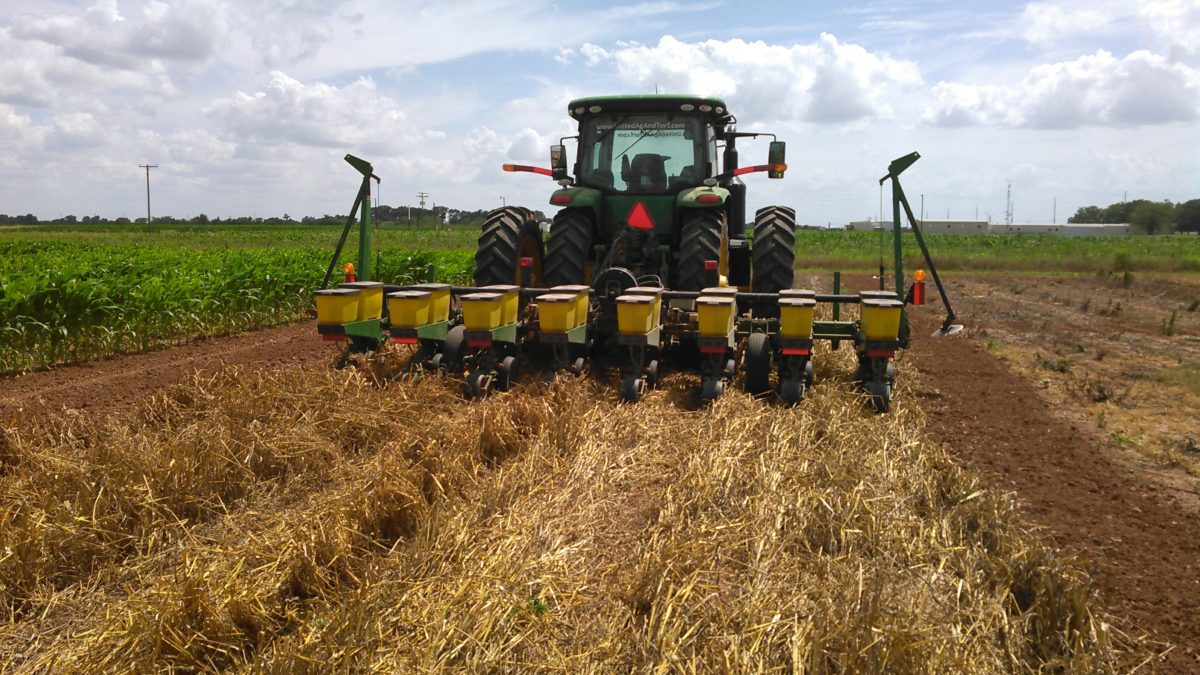
While it may take several growing seasons to see these improvements, leaving the cover crop in the field releases valuable nutrients back into the soil and increases organic matter within the topsoil.
Through the SSARE-funded research, Samuelson was able to identify cover crops with fast growth, high weed suppression and limited impact on soil moisture. This is a key step towards developing a sustainable cover cropping system for Southeast Texas. His research recognized sorghum-sudangrass, sunn hemp, cowpea and buckwheat as summer cover crops with the most potential while triticale, oat, mustard and Austrian winter pea were the top winter cover crops.
These results showed that proper cover crop selection, appropriate management, and properly timed planting and termination is imperative for achieving high yields when incorporating cover crops in Southeast Texas.
Southern SARE is a USDA-funded program that provides funding opportunities for researchers, farmers, Cooperative Extension, NGOs, government agency personnel, and other ag professionals to conduct research in sustainable agriculture. Authorized in the 1985 Farm Bill, the mission of the SARE program is to promote sustainable agriculture practices throughout American agriculture that are profitable for the farmer, protect the environment, and promote community quality of life over the long term.
For more information on Southern SARE, visit http://www.southern.sare.org.
Published by the Southern Region of the Sustainable Agriculture Research and Education (SARE) program. Funded by the USDA National Institute of Food and Agriculture (NIFA), Southern SARE operates under cooperative agreements with the University of Georgia, Fort Valley State University, and the Kerr Center for Sustainable Agriculture to offer competitive grants to advance sustainable agriculture in America’s Southern region. This material is based upon work that is supported by the National Institute of Food and Agriculture, U.S. Department of Agriculture, through Southern Sustainable Agriculture Research and Education. USDA is an equal opportunity employer and service provider. Any opinions, findings, conclusions, or recommendations expressed in this publication are those of the author(s) and do not necessarily reflect the view of the U.S. Department of Agriculture.
